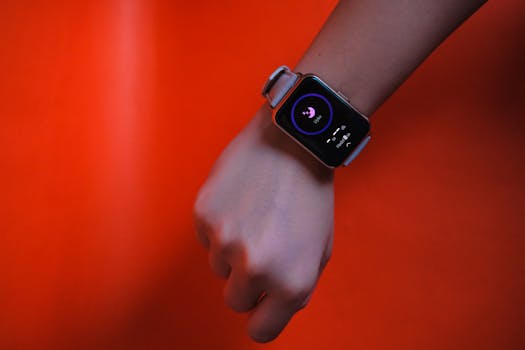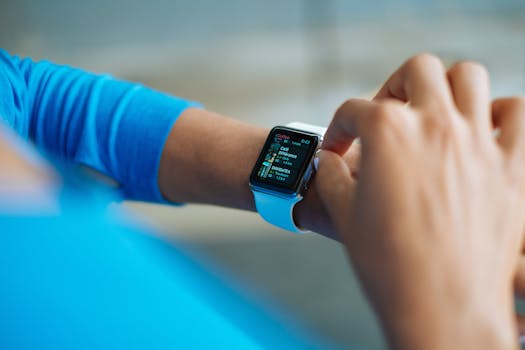
Introduction to Wearable Tech

Wearable technology has dramatically transformed how we interact with the digital world. From fitness trackers that monitor our physical activities to smartwatches that manage our daily tasks, these compact devices have changed the landscape of personal technology. As we look towards 2025, numerous innovations within the wearable tech sphere present exciting opportunities for consumers and businesses alike.
Health Monitoring Devices

As health awareness rises, wearable health technology is evolving at an unprecedented pace. In 2025, we can expect innovative health monitoring devices that provide real-time insights into various health metrics. Future wearables are likely to incorporate advanced sensors that can detect everything from blood glucose levels to stress indicators. For instance, research is underway on wearables that can non-invasively monitor blood pressure or O2 saturation, providing valuable data to both users and healthcare professionals.
Moreover, integration with telemedicine platforms allows for immediate communication of health data. This connectivity means real-time diagnostics, proactive health management, and heightened awareness of chronic health issues.
Smart Clothing: Fusion of Fashion and Technology

By 2025, wearable technology will not only be about gadgets; it will also envelop the aesthetics of fashion. Smart clothing is becoming a core focus of innovation, thanks to the incorporation of fabric sensors, which can provide wearers with useful data points. These garments can adjust to your body temperature and moisture levels while simultaneously tracking physical activity.
Imagine a shirt that can support your fitness goals by giving you feedback on your posture or a jacket that interacts with a navigation app to guide your walks. The potential for smart textiles is vast, merging everyday functionality with personal expression.
Integrating Augmented Reality (AR) into Wearable Tech

AR overlays NFT effects in our visible world, and wearable devices are poised to take advantage of this technology in the coming years. Head-mounted displays and smart glasses could revolutionize how individuals experience storms of information in real-time, behaving as comprehensive information gadgets integrated into their daily social lives.
Offering directions during commutes, nutritional information while grocery shopping, or coaching tips during exercise—all layered seamlessly on top of the physical environment will preserve interaction dreams about how we interface with our devices and content.
The Rise of AI-Powered Wearables

Another vital element shaping the future of wearables is the integration of Artificial Intelligence (AI). In a few years, we can anticipate more sophisticated AI algorithms that tailor user experiences define how wearables function. By analyzing personal utilization patterns, these devices could suggest modifications to workouts, track mental health progress, create personalized fitness regimens, and even offer mindful exercises targeted specifically to individual needs.
While AI enhances user engagement with the wearable tech, it also delves into new fields such as predictive health Analytics and growth capabilities concerning their outputs with emerging protocols allowing wearables in preventative care frameworks, automatically connecting users with health providers whenever critical thresholds are crossed.






